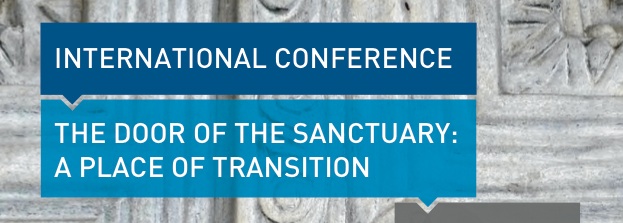The Door of the Sanctuary: a Place of Transition, VU University, Amsterdam, May 27–29, 2015
In sanctuaries, the boundaries between the profane and the sacred are marked by doors on different levels, either physical or symbolic: gateways in a precinct, the outer doors of a temple or church, the inner doors of a cella or holy of holies. Pagans and Christians have recorded their perceptions of these liminal spaces in literature, giving us a glimpse of their emotions and ideas. What did someone entering a pagan or Christian sanctuary see, hear, smell, feel? Who was excluded at the door, who was admitted? What symbolic meaning did a door have? What continuities and changes can be identified in Late Antiquity?
This international conference aims to elucidate the transition from the worldly to the divine by focusing on the door of the sanctuary during Late Antiquity -- a key period of transition in which, with the spread of Christianity, cultural paradigms were redefined. With pagans and Christians living side by side there were many religious debates. During this period, description of churches developed into a specific genre.
The theme of the conference, the experience of the sanctuary door as a place of transition, will be addressed by an interdisciplinary and dynamic approach. It will embrace literary and material sources from the 3rd to the 8th centuries CE, from different regions of the Mediterranean world and from different linguistic, religious and cultural contexts. It will deal with sensory perceptions (light, music, smell, touch) and intellectual perceptions (symbolic meanings). Together the several papers will contribute to our understanding of the experience of sacred spaces and especially of the transition from profane to sacred space in its cultural-historical context.The results of the conference will be published by Brill in the prestigious series Religions in the Graeco-Roman World.
